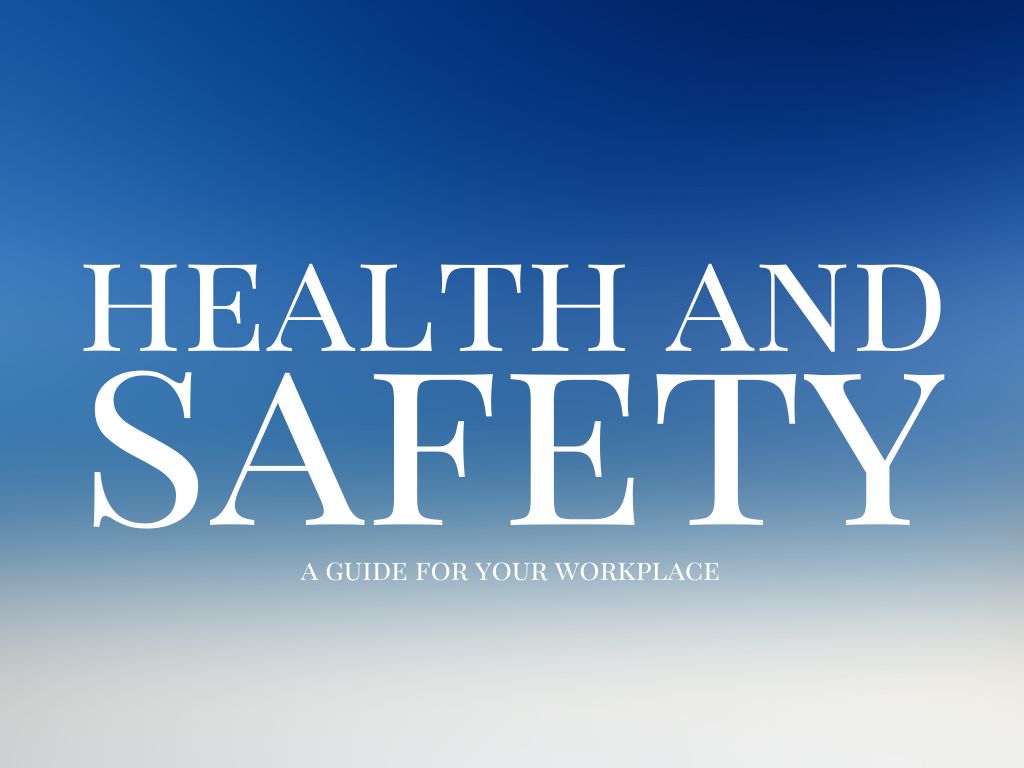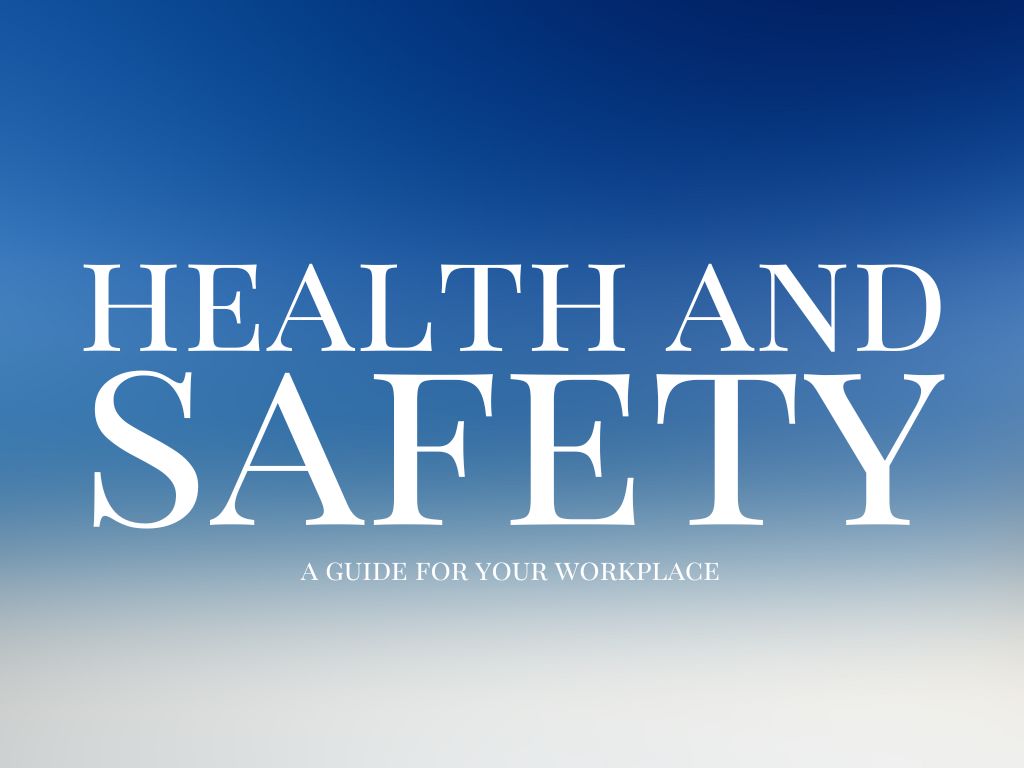Understanding Tsunamis: Nature's Powerful Ocean Waves
Tsunamis are among the most powerful and destructive natural disasters on Earth. Originating from underwater disturbances, these massive waves can travel across oceans at incredible speeds, causing widespread devastation upon reaching coastlines. In this blog post, we'll explore what tsunamis are, how they form, their impacts, and ways to stay safe.
What is a Tsunami?
A tsunami is a series of large ocean waves generated by significant underwater disturbances, such as:
- Earthquakes: Most tsunamis are caused by undersea earthquakes where tectonic plates shift abruptly, displacing water.
- Volcanic Eruptions: Underwater volcanic activity can also displace water, leading to tsunamis.
- Landslides: Large landslides, whether underwater or from land collapsing into the sea, can generate tsunamis.
- Meteorite Impacts: Though rare, large meteorites impacting the ocean can cause tsunamis.
Unlike normal ocean waves, which are driven by wind, tsunamis involve the movement of the entire water column, from the ocean floor to the surface.
How Tsunamis Form
- Initiation: The initial underwater disturbance displaces a vast amount of water.
- Propagation: The displaced water forms waves that travel across the ocean. In deep water, these waves can travel at speeds of up to 500-800 km/h (310-500 mph) with low wave height.
- Amplification: As the tsunami waves approach shallower coastal waters, their speed decreases, but their height increases significantly.
- Impact: When the waves hit the shore, they can rise to heights of over 30 meters (98 feet), causing immense destruction.
Impacts of Tsunamis
The impact of a tsunami can be catastrophic, affecting both human populations and the environment:
- Loss of Life and Injury: Tsunamis can result in significant loss of life, often within minutes of the waves reaching the shore. Injuries are also common due to debris and strong currents.
- Destruction of Infrastructure: Buildings, roads, bridges, and other infrastructure can be destroyed, leading to long-term economic challenges.
- Environmental Damage: Coastal ecosystems, including coral reefs, mangroves, and wetlands, can be severely damaged.
- Displacement of Communities: Entire communities may be displaced, leading to long-term social and economic issues.
Historical Tsunamis
Several major tsunamis have left indelible marks on human history:
- 2004 Indian Ocean Tsunami: Triggered by a 9.1-9.3 magnitude earthquake off the coast of Sumatra, this tsunami caused over 230,000 deaths across 14 countries.
- 2011 Tōhoku Tsunami: Following a 9.0 magnitude earthquake, this tsunami hit Japan, resulting in over 15,000 deaths and triggering the Fukushima nuclear disaster.
- 1960 Valdivia Tsunami: The largest earthquake ever recorded (9.5 magnitude) off the coast of Chile caused a tsunami that affected multiple countries around the Pacific Ocean.
Tsunami Warning Systems and Safety
Advancements in technology have improved our ability to detect and respond to tsunamis:
- Tsunami Warning Centers: These centers monitor seismic activity and sea level changes to predict potential tsunamis. Notable centers include the Pacific Tsunami Warning Center (PTWC) and the Indian Ocean Tsunami Warning System.
- Early Warning Systems: Alerts are sent to potentially affected areas through sirens, broadcasts, and mobile notifications.
- Preparedness Plans: Coastal communities often have evacuation routes and procedures to ensure residents can move to higher ground quickly.
Personal Safety Tips
If you live in or are visiting a coastal area prone to tsunamis, consider the following safety tips:
- Know the Signs: Natural warnings like strong earthquakes, a sudden rise or fall in sea level, or a loud roar from the ocean can precede a tsunami.
- Evacuation Plan: Familiarize yourself with local evacuation routes and higher ground locations.
- Stay Informed: Pay attention to official warnings and alerts from local authorities.
- Move Quickly: If a tsunami warning is issued, evacuate immediately. Do not wait to gather belongings.
Conclusion
Tsunamis are formidable natural disasters capable of causing widespread devastation. Understanding their causes, effects, and the importance of early warning systems can help mitigate their impact. By being informed and prepared, individuals and communities can better protect themselves against these powerful ocean waves.




0 Comments